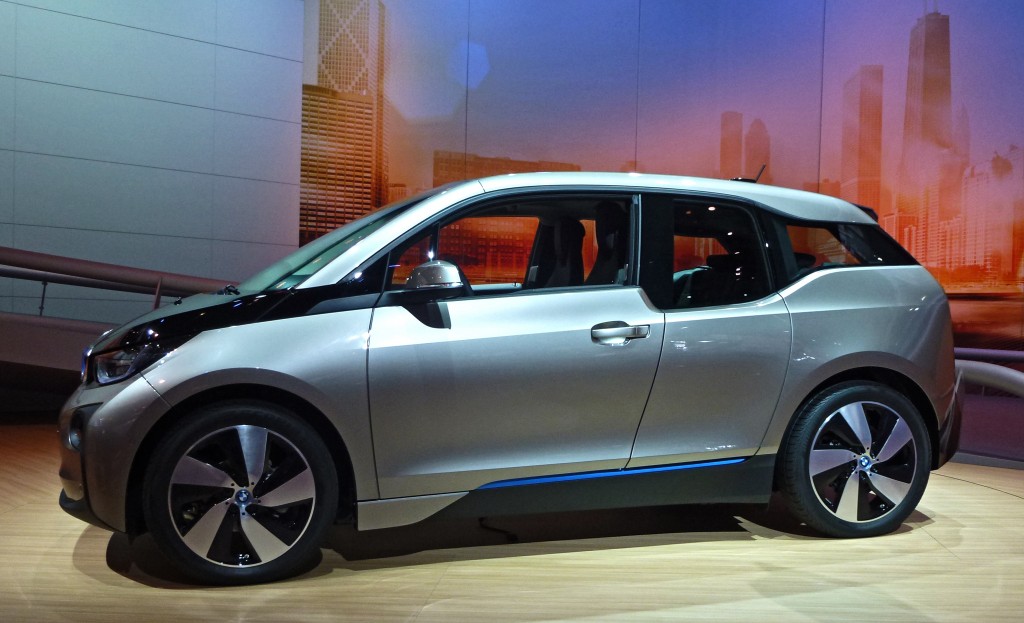
Battery-powered cars, also commonly known as electric vehicles or EVs, have been creeping into the mainstream for several years now.
To begin with they were little more than a gimmick – Honda’s solar-powered car was, for a long time, the only example anybody in the general public could probably name.
However, intensifying concerns about climate change and the impact of car exhaust emissions on global weather patterns have made battery-powered cars more and more desirable.
Now there are plenty of examples from well-known manufacturers, from hybrid models to the all-electric BMW i3, which recently claimed the title of UK Car of the Year at the inaugural 2014 ceremony of the new independent awards.
BMW i3 – a very modern EV
The i3 demonstrates just how far EVs have come, with impressive specifications that smash many of the long-held doubts about battery-powered cars.
Its range is a potential 190km on a single charge, with customers typically achieving between 130 and 160km on average under real-world driving conditions.
The i3 offers a top speed of 150km per hour, and can reach 62mph in 7.2 seconds.
And charging the battery can take less than three hours at home, or less than 30 minutes at a commercial fast-charging station, to reach 80% of full charge.
The Future for EVs
So where are battery-powered cars heading, now they have overcome those early issues and reached a standard where they are ready to enter the mainstream?
According to Navigant Research, wireless charging is likely to be among the next major innovations in the EV segment.
Richard Martin, editorial director at the research firm, explains that luxury features are often perceived as niches in their early days – much like EVs were for a long time – but that, eventually, they spread to become demanded by consumers throughout the motoring sector.
“Features once considered luxury items, such as power windows and automatic garage door openers, tend to spread over time across all vehicle segments – and that is likely to apply to wireless charging as well,” he said.
However, this could take the best part of a decade to come to fruition; Navigant Research estimate just a few hundred wireless charging sales in 2014, rising to more than 300,000 by 2022.
EVs in the present
Returning to the present, in a separate report Navigant Research outlined their predictions for the segment in 2014.
By the end of the year, the analysts believe 700,000 EVs will be in use worldwide, with several dozen new models introduced in the coming months.
Interestingly, the report also predicts that electric motorcycles will be a ‘breakout’ category for 2014 – meaning vehicles like the ‘light cycle’ seen in the 1982 sci-fi movie Tron could finally become a reality, more than 30 years later.
Like us on Facebook and follow us on Twitter and Google + for all the latest news, offers and events.